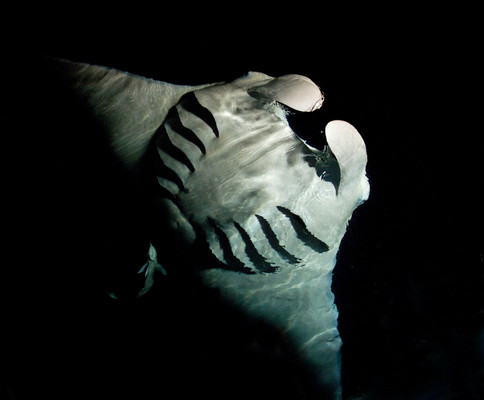All About Manta Rays
Posted by Freddy on 31st Jul 2022
The giant manta ray is the world’s largest ray with a wingspan of up to 29 feet and weigh up to 5300 lbs. They live up to 40 years. They are filter feeders and eat large quantities of zooplankton. Giant manta rays are slow-growing, migratory animals with small, highly fragmented populations that are sparsely distributed across the world.
The Manta ray poses no threats to man. They do not have barbs like their smaller cousins the sting rays. The main threat to the giant manta ray is commercial fishing, with the species both targeted and caught as bycatch in a number of global fisheries, Marine debris and pollution. Manta rays are particularly valued for their gill rakers, which are traded internationally. In 2018, NOAA Fisheries listed the species as threatened under the Endangered Species Act. Their numbers are though to have been reduced by 95% in the last 30 years.
The giant manta ray is a migratory species. They are found worldwide in tropical, subtropical, and temperate bodies of water near offshore pinnacles and seamounts. During feeding, giant manta rays may be found aggregating in shallow waters at depths less than 30 feet. However, studies have also shown that the species conducts dives exceeding 3,000 feet.
Although the giant manta ray tends to be solitary, they aggregate at cleaning sites and to feed and mate. Manta rays primarily feed on small planktonic organisms and shrimp, but some studies have noted their consumption of small and moderately sized fish as well. When feeding, mantas hold their cephalic fins (the ones near the mouth) in an “O” shape and open their mouths wide, creating a funnel that pushes water and prey through their mouth and over their gill rakers. Fun to watch Manta rays feed because they are underwater acrobats. They somersault over and over again, and often spiral in the clouds of plankton. They will create a feeding chain with other mantas to maximize prey intake.

